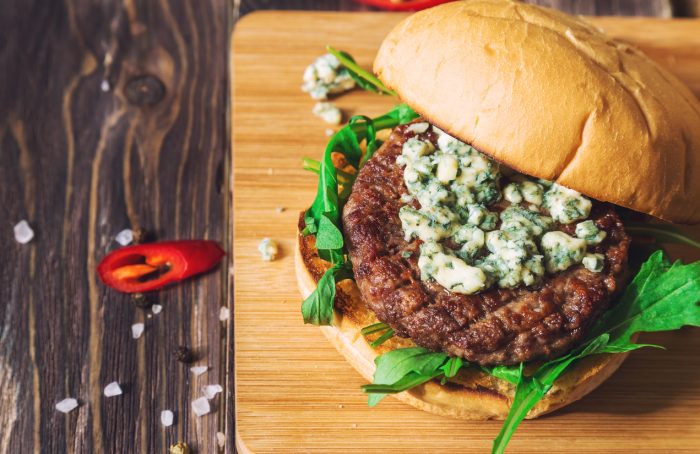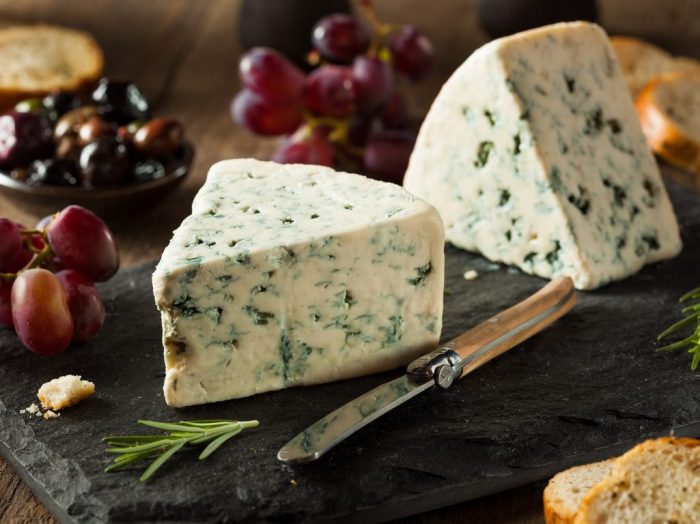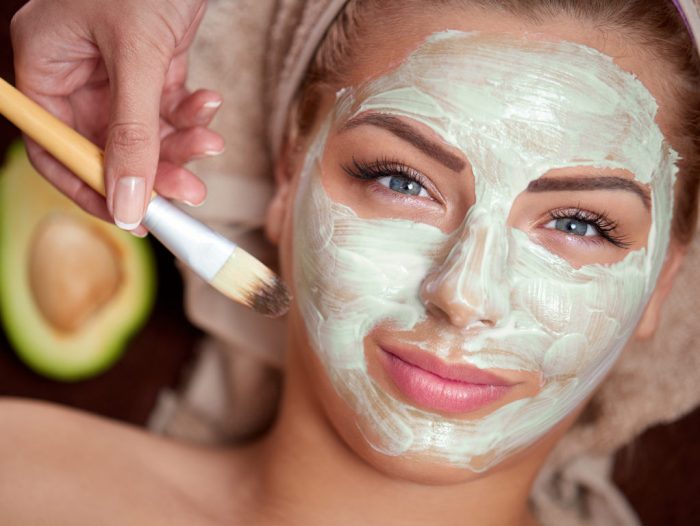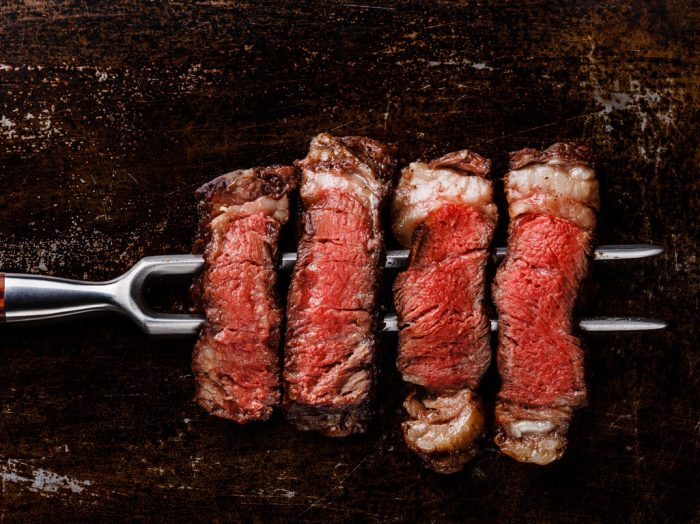Blue cheese has mold on it. Isn’t that a bit strange to think about? I’ve been thinking about how we take this fact for granted, without investigating it further. So I decided to find out how blue cheese is made and now I am going to tell you, too.
I remember the first time I had some blue cheese and how the smell of it turned me off completely. I was a teenager and I had never seen anything like it before. Then someone said to me that the blue parts on the cheese are actually mold and I was confused: wasn’t mold bad for us? Weren’t we supposed to avoid it with every chance? When I was assured that it was quite safe to eat, I had my first taste, tentatively. And then… My mind was blown. I fell in love with this food then and there and even if I could not afford to eat it very often, I would always be glad when I found it at parties.
But only recently did I start to think about how blue cheese is made. And it involves a fun trip in cheese caves. All will be clear in a second!
How did they ever come up with this idea?
As the legend goes, like most great inventions, the blue cheese thing happened by accident. A cheesemaker had drunk a bit too much and left a piece of bread in a cheese cave. And when he came back during sober hours, he found that the mold covering the bread made the cheese blue. So he struck gold, right?
Note: Cheese caves were the damp and cool caves where cheese-makers aged their cheeses.
Blue cheeses, also referred to as Blue Vein cheeses are that category of cheese made with cow, sheep, or goat milk which are then ripened with cultures of the mold Penicillium. They don’t all look blue. In fact, some of them have green, gray, or black spots on them. But they are all the same blue cheese category.

How blue cheese is Made
The process of making blue cheeses follows the exact same steps that lead to regular cheeses, too. These steps are acidification, coagulation, curds and whey, salting, shaping, and ripening. Only that blue cheese is made by spiking it with some stainless-steel rods to facilitate the circulation of oxygen and also help the mold grow in those places. During this process called “needling”, the cheese is also softened. Which, in my humble opinion, leads to the special texture of the final product.
You can order freeze-dried bacteria cultures of Penicillium Roqueforti and make your own blue cheese. Only know that the needling process varies from cheese to cheese. Usually, the needling happens after the curds are added to containers to form into a wheel of cheese.
This mold is named after a town in France full of caves that contain it. And yes, if you love your cheeses, then you are probably wondering if the famous Roquefort cheese has anything to do with this. Well, it does, that’s the town where they make it.
If you want to become even more of a cheese conaisseur, then be sure to read about the most popular cheeses in the world.






